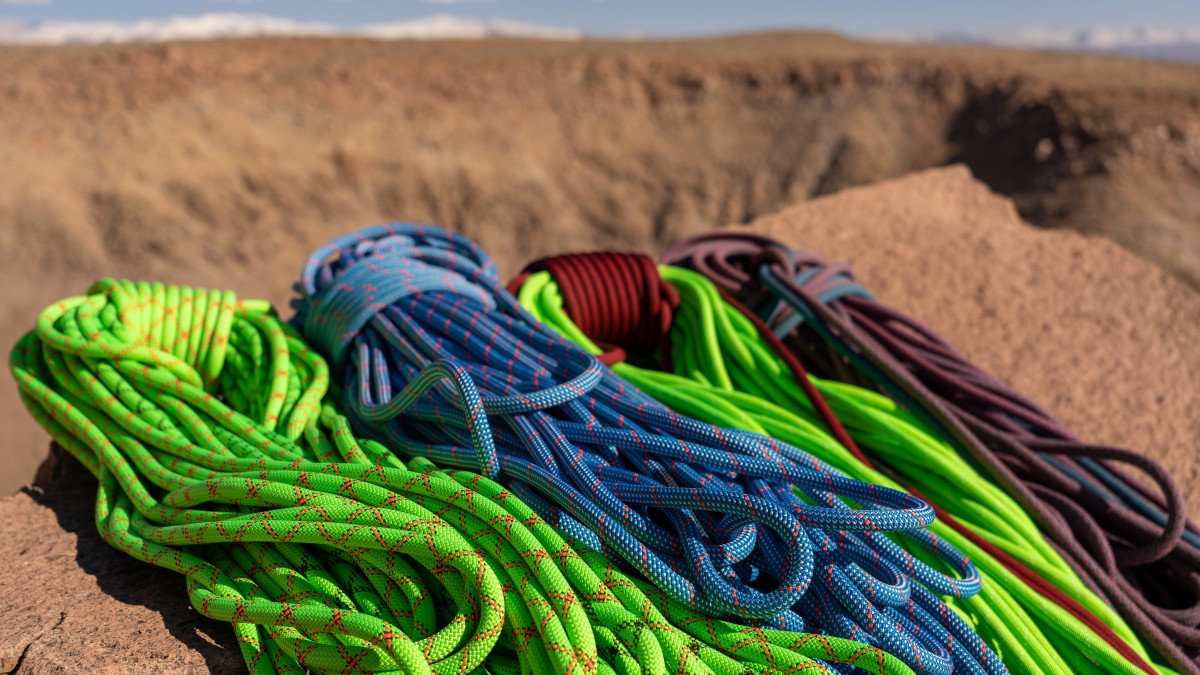How to Choose the Best Climbing Rope for Your Needs
Type of Climbing
The first thing that you should consider when selecting a climbing rope is what type of climbing you will be doing. There are different types of climbing, such as single-pitch, multi-pitch, sport climbing, and trad climbing. Each type of climbing requires a different type of rope. For single-pitch climbing, a thinner rope with a lower diameter is typically used, as it is lighter and easier to manage. For multi-pitch climbing, where the rope will need to be longer, a thicker rope is better as it is more durable and offers better protection.Rope Length and Diameter
The length and diameter of the rope are also important factors to consider when choosing your climbing rope. The length of the rope will depend on the type of climbing that you will be doing, as well as the height of the climb. For single-pitch climbs, shorter ropes are typically used, while longer ropes are required for multi-pitch climbs. Diameter is also an essential factor. The diameter should be chosen based on the type of climbing that you will be doing. A thicker diameter rope will be stronger and more durable, while a thinner diameter rope will be lighter and more manageable. However, thinner ropes may not be suitable for all types of climbing, as they may not offer the necessary protection and strength.Rope Material
The material of the rope is another vital factor to consider. Climbing ropes are typically made from a variety of materials, including nylon, polyester, and a combination of both. Nylon ropes are the most common type of climbing rope and are very durable and strong. Polyester ropes are another popular choice and offer better resistance to abrasion. If you are climbing in an area where the rope will be exposed to sharp rocks or rough surfaces, a polyester rope may be a better choice.Treatment
Climbing ropes can be treated with different materials to help protect them and improve their performance. Some ropes are treated with dry treatments, which help to keep the rope from absorbing water, making them ideal for use in wet conditions. Other ropes are treated with heat, which helps to improve the overall strength and durability of the rope. When selecting the right climbing rope for your needs, it’s essential to consider whether a treatment is necessary and what type of treatment will work best for your intended use.
Credit: www.outdoorgearlab.com
